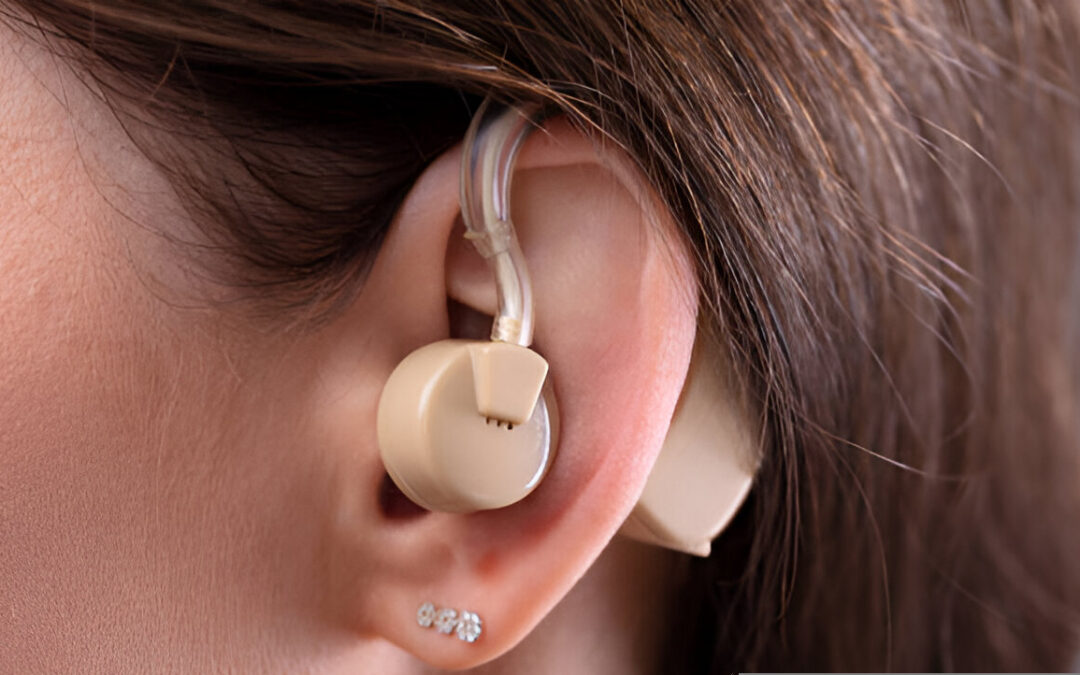For Australians experiencing hearing difficulties, modern technology offers a wide range of solutions designed to improve communication, safety, and overall quality of life. Whether dealing with mild hearing loss or more profound impairments, hearing technology is now more advanced and accessible than ever. This article explores the four major types of hearing devices and how they can support individuals in various environments.
1. Hearing Aids
Hearing aids are the most commonly recognised solution for hearing loss. These electronic devices, worn in or behind the ear, amplify sounds to assist individuals with hearing difficulties.
Modern hearing aids are discreet, programmable, and can be customised to meet individual needs. They come in various styles, including behind-the-ear (BTE), in-the-ear (ITE), and receiver-in-canal (RIC). Features such as Bluetooth connectivity, directional microphones, and noise reduction make them perfect for the busy Australian lifestyle.
In Australia, hearing aids can be accessed through the Hearing Services Programme (HSP), which offers free or subsidised devices for eligible pensioners and veterans.
2. Personal Amplifiers
Personal amplifiers are portable devices designed to enhance sound in specific environments, such as watching television, attending meetings, or having one-on-one conversations. They are useful for individuals who may not require a full hearing aid or only need assistance in certain situations.
These devices are typically lightweight, easy to use, and offer powerful amplification, making them ideal for quiet and noisy environments—perfect for active households, community settings, or retirement living in Australia.
3. FM Systems and Infrared Systems
FM systems and infrared systems are useful in public spaces, such as classrooms, theatres or conference rooms. FM systems use radio signals to transmit sound directly from a speaker’s microphone to a listener’s receiver, while infrared systems transmit sound via light signals.
These hearing assistance devices are commonly used in Australian schools, universities, and institutions to support students with hearing impairments, ensuring they can fully participate in educational and public events. Both systems are compatible with most hearing aids and cochlear implants, offering an enhanced listening experience in diverse environments.
4. Alerting Devices
Alerting devices are essential for home safety for Australians who are deaf or hard of hearing. These systems use visual or vibrating signals to alert users to important sounds, such as doorbells, smoke alarms, or baby monitors.
Devices like bed shakers, flashing doorbells, and vibrating alarm clocks are invaluable tools that help ensure independence and safety for individuals in their everyday lives.
Choose the Right Device for Your Needs
When selecting hearing assistance devices, it’s important to consider lifestyle, level of hearing loss, and budget. To offset costs, Australians can benefit from government rebates, NDIS support, and private insurance.
Womcom is proud to support Australians with high-quality, affordable hearing solutions designed for everyday life. Whether you’re just starting to explore options or looking to upgrade your current device, our team is here to help.
Contact us today for personalised advice, product recommendations, or to book a consultation with one of our friendly hearing experts. Let us help you reconnect with the sounds that matter most.


Recent Comments